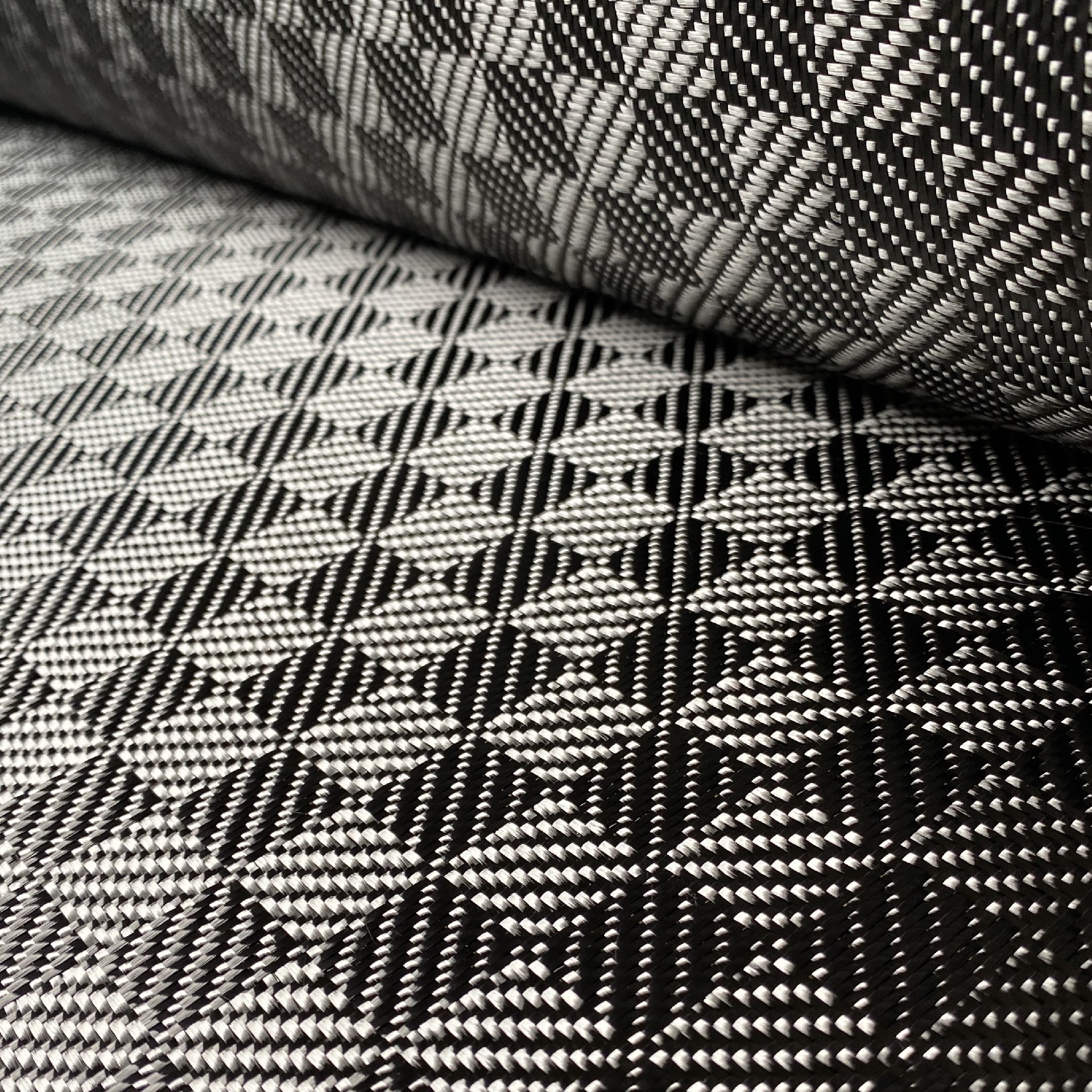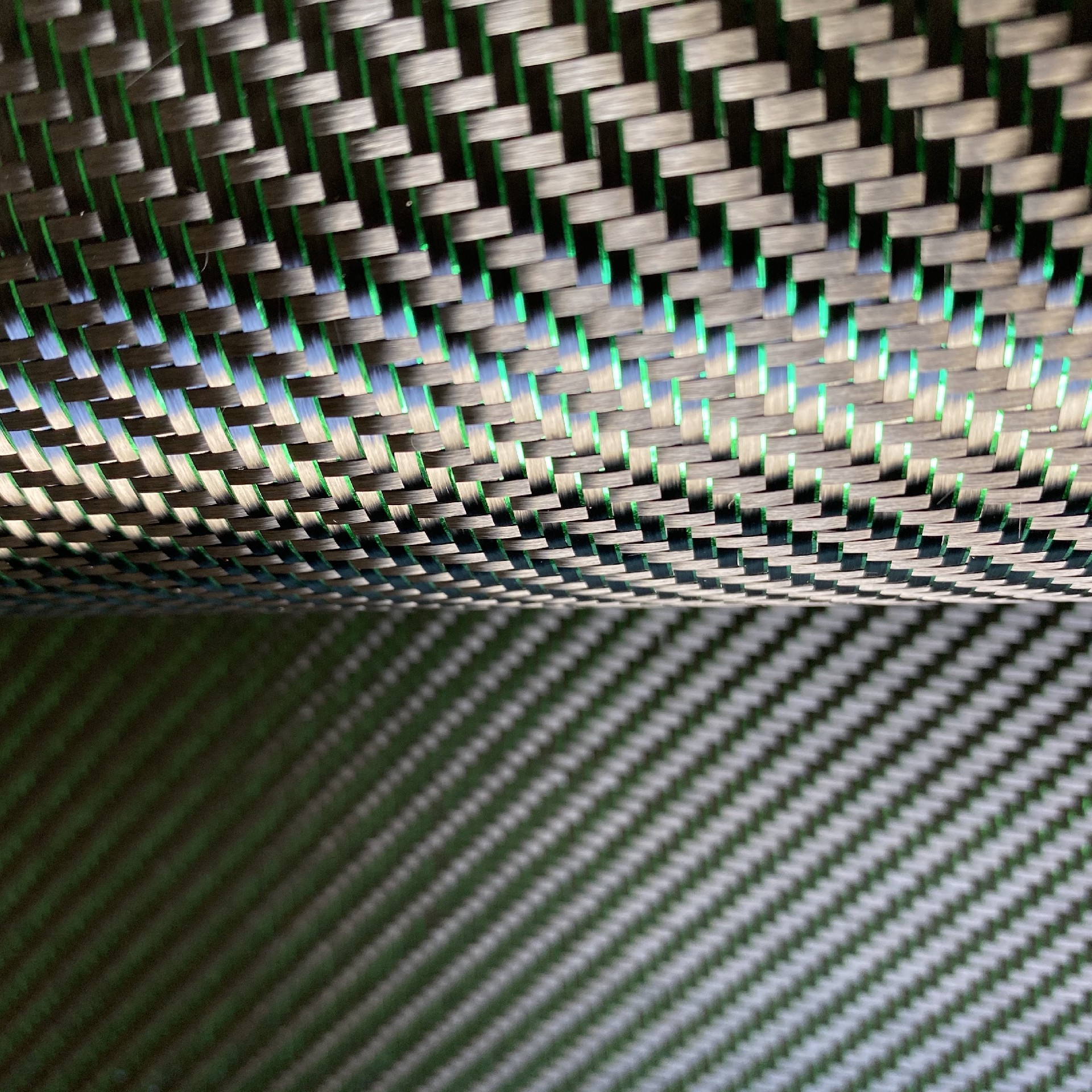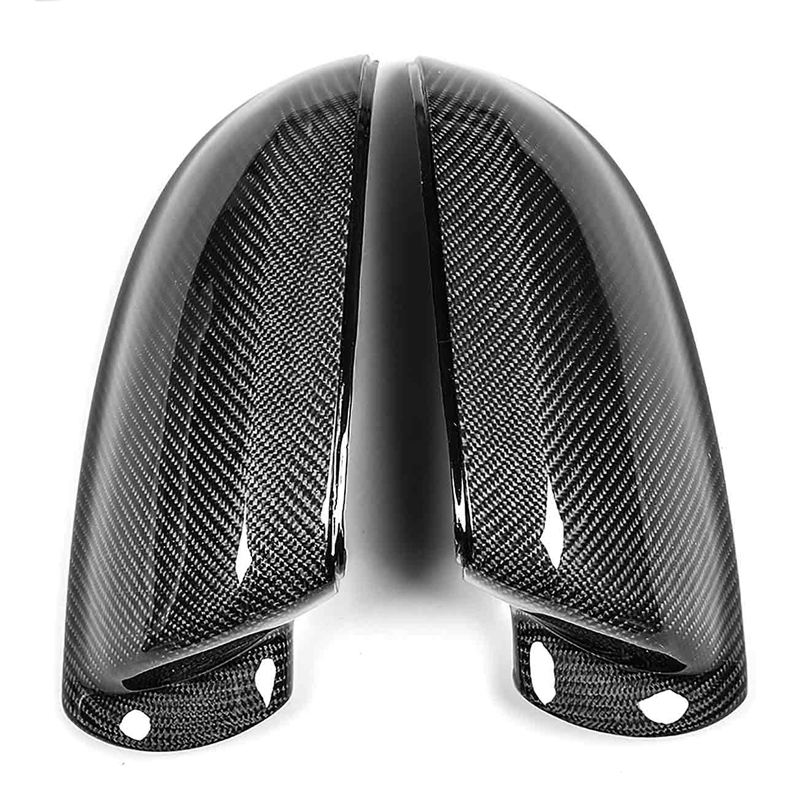
Carbon fiber is mainly a special fiber composed of carbon elements, and its carbon content varies with the type, generally more than 90%. Carbon fiber has the characteristics of ordinary carbon materials, such as high temperature resistance, friction resistance, electrical conductivity, thermal conductivity and corrosion resistance, but different from ordinary carbon materials, its shape is significantly anisotropic, soft, and can be processed into various fabric, which exhibits high strength along the fiber axis. Carbon fiber has a small specific gravity, so it has a high specific strength.

Carbon fiber is made of man-made chemical fiber with high carbon content that does not melt during heat treatment, and is made of thermally stable oxidation treatment, carbonization treatment and graphitization.
Carbon fiber is a new material with excellent mechanical properties. Its specific gravity is less than 1/4 of steel. The tensile strength of carbon fiber resin composites is generally above 3500Mpa, which is 7~9 times that of steel, and the tensile elastic modulus is 23000. ~43000Mpa is also higher than steel. Therefore, the specific strength of CFRP, that is, the ratio of the strength of the material to its density, can reach more than 2000Mpa/(g/cm3), while the specific strength of A3 steel is only about 59Mpa/(g/cm3), and its specific modulus is also higher than that of steel.

The main purpose of carbon fiber is to composite with resin, metal, ceramic and other matrix to make structural material. Carbon fiber reinforced epoxy resin composite materials have the highest specific strength and specific modulus comprehensive indicators among existing structural materials. In the fields with strict requirements such as density, stiffness, weight, fatigue properties, etc., in the occasions requiring high temperature and high chemical stability, carbon fiber composite materials have advantages.
Carbon fiber was produced in the early 1950s in response to the needs of cutting-edge science and technology such as rockets, aerospace and aviation, and is also widely used in sports equipment, textiles, chemical machinery and medicine. With the increasingly stringent requirements of cutting-edge technology on the technical performance of new materials, scientific and technological workers are constantly striving to improve. In the early 1980s, high-performance and ultra-high-performance carbon fibers appeared one after another, which was another leap in technology, and also marked that the research and production of carbon fibers had entered an advanced stage.
Composite materials composed of carbon fiber and epoxy resin have become an advanced aerospace material due to their small specific gravity, good rigidity and high strength. Because every kilogram of the weight of the space vehicle is reduced, the launch vehicle can be reduced by 500 kilograms. Therefore, there is a race to adopt advanced composite materials in the aerospace industry. There is a vertical take-off and landing fighter, and the carbon fiber composite material used in it has accounted for 1/4 of the weight of the whole aircraft and 1/3 of the weight of the wing. According to reports, the key components of the three rocket thrusters on the US space shuttle and the advanced MX missile launch tube are all made of advanced carbon fiber composite materials.

F1 (World Formula One Championship) racing car, most of the body structure is made of carbon fiber materials. A big selling point of the top sports car is the use of carbon fiber all over the body to improve aerodynamics and structural strength. Carbon fibers can be processed into fabrics, felts, mats, belts, paper and other materials. In traditional use, carbon fiber is generally not used alone except as a thermal insulation material, and is mostly added to resin, metal, ceramic, concrete and other materials as a reinforcing material to form a composite material. Carbon fiber reinforced composite materials can be used as aircraft structural materials, electromagnetic shielding and antistatic materials, artificial ligaments and other body substitute materials, as well as in the manufacture of rocket casings, motor boats, industrial robots, automotive leaf springs and drive shafts.